If the drugs we consume say something about our world, then the drugs we imagine might say even more. The rise of the modern pharmaceutical industry coincided with a flourishing of science fiction stories about mind-altering drugs that don’t exist yet but could or should, at least in the author’s view. From the pacifying soma of Brave New World to the violence-fueling Moloko Plus of A Clockwork Orange, made-up drugs are a powerful vehicle for the thought experiments of speculative fiction.
Years ago, reading a neurologist’s case study inspired me to imagine a drug that gets people “unstuck in time” (to use Kurt Vonnegut’s phrase from Slaughterhouse-Five). In the 1995 collection An Anthropologist on Mars, Oliver Sacks profiled a “memory artist” who dreamed obsessively of his childhood “with the most microscopic, veridical detail.” These life-changing dreams were accompanied by “a sense of immense, portentous, yet enigmatic significance” and “an insatiable, yearning, bittersweet nostalgia.”
While Sacks likened these dreams to the seizures of temporal-lobe epilepsy, they also sounded to me like drug trips. To explore that similarity, I invented “sog,” a homebrewed extract of pine pitch that puts users in a trance similar to sleep paralysis, in which older people relive their past and younger ones see flashes of their possible future.
In my novel The Midnight Club, four middle-aged people consume this drug as part of a reunion of their college friend group, hoping to revive memories of their fifth friend who died before graduation. Each night they partake in the sog-drinking ritual brings new and disturbing revelations of things they chose to forget—and a growing temptation to change the past as they relive it. Can they be sure their visions are merely visions?
Here are five books featuring fictional hallucinogens that either influenced my novel or show an author thinking independently along similar lines.
Dune by Frank Herbert

When I was twelve, my SF-loving mother suggested reading Herbert’s trippy classic aloud at bedtime. I’m not sure she knew what we were in for, but I ate up the tale of a interplanetary feudal society driven by the insatiable hunger for melange or “spice,” an addictive drug that prolongs life and health. Melange makes faster-than-light travel possible and can induce prophetic visions and even cause the bodies of heavy users to mutate. I was especially fascinated by protagonist Paul Atreides’ dizzying visions of all the different pathways future events might take. “[H]e could not escape the fear that he had somehow overrun himself,” Herbert writes in one melange trip scene, “lost his position in time, so that past and future and present mingled without distinction.” In passages that shaped my own imagining of time travel, Paul must learn to “[hold] the prescient future as a kind of memory.”
A Scanner Darkly by Philip K. Dick
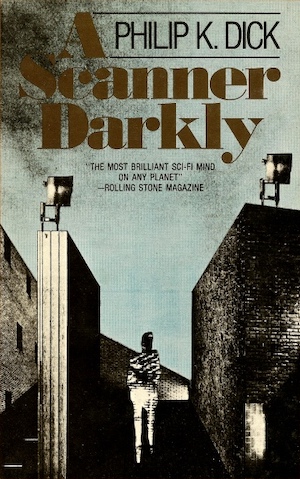
This prolific progenitor of mind-bending concepts was another author I probably read too young—with no regrets. For this 1977 novel, set in the 1990s, Dick invented a drug called Substance D (or “slow death”) that unmoors his already-aimless LA suburbanite characters from reality. Like melange, Substance D erodes people’s sense of individual identity, making boundaries fluid. The protagonist is an undercover narcotics agent who starts forgetting who he actually is as his two social roles—addict and cop—pull his fraying consciousness in different directions. Inspired by the author’s real experiences with drug culture, the novel has a level of realism that makes it astute and harrowing even as it descends into the hellish depths of paranoia.
Ghost Eaters by Clay McLeod Chapman
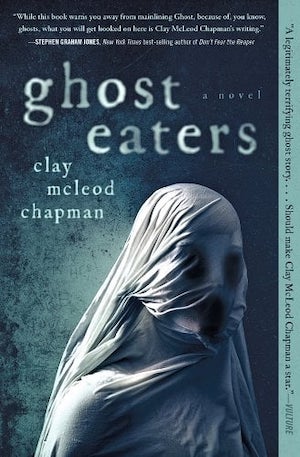
Equally harrowing are the drug experiences related in this 2022 novel, which hovers on the borderline where SF meets supernatural horror. When the narrator consumes a fictional, mushroom-derived substance called Ghost, she starts seeing the specter of her deceased boyfriend—and then a host of less-welcome ghosts, all of them craving a taste of the drug inside her. Like a memory drug, Ghost offers the irresistible possibility of turning back time and bringing the dead to life, at least for a moment or two. But the price is high, as the drug shreds the user’s sanity. We can’t be sure how much of what the narrator experiences is real and how much is a grief- and drug-induced hallucination, only that the cosmic horror grows stronger with each dose.
Flashback by Dan Simmons
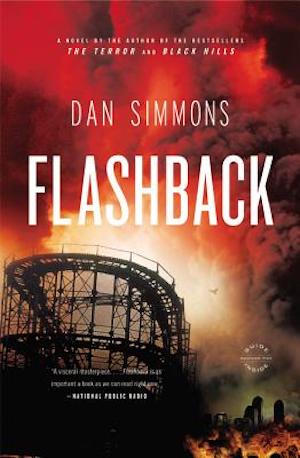
What if real life were so unpleasant that 85 percent of Americans preferred to spend hours of each day in drug-induced visions of a better past? For this 2011 novel, the author of the Hyperion series and The Terror envisioned a dystopian future of the 2030s from which people flee by using an addictive drug called flashback to relive their happier moments. The protagonist is a detective whose flashback addiction makes him the perfect person to revive a cold case he worked years earlier. While readers have rightly criticized the novel’s political underpinnings and its xenophobia, it’s not that hard to envision a society in which a memory drug is a common escape, akin to doomscrolling or television. Some might say that nostalgia has a similar function to flashback in the real world—it narcotizes people into inaction.
The Shimmering State by Meredith Westgate
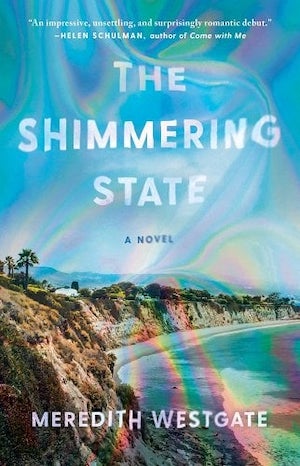
We’ve all experienced how our memories shift and change, facts mixing with convenient fictions. Yet, neurologist Sacks writes, we’re addicted to the notion that somewhere inside our brains is a hard drive where all our memories persist in pristine form: an objective recording of our lives. That fantasy goes back at least as far as Marcel Proust, who described in his autobiographical epic In Search of Lost Time how a childhood treat, a madeleine cookie dipped in tea, triggered a flood of memories.
What if that internal hard drive existed and someone figured out how to reprogram it, restoring memories ravaged by dementia and editing traumatic memories out of existence? In Westgate’s 2021 novel, those possibilities become reality through an experimental drug called Memoroxin. Such is the drug’s power, however, that it also allows users to experience other people’s memories as if they were their own—a mind-bending scenario that, once again, calls the very nature of identity into question. When the two main characters meet in an LA recovery center for abusers of the drug, they can’t be sure how they got there—or why they feel a strong affinity. How well did they know each other in the parts of their lives they’ve forgotten?
Perhaps the internet is the closest we’ll ever have to an actual memory drug, since online experiences can be recorded and archived—a screenshotted social media post, a viral video of an atrocity. The memory of the internet is so long that it has taught us the value of forgetting—a concept enshrined in law as the “right to be forgotten.” And, of course, online bad actors can distort our collective memories with deepfakes, the equivalent of a bad drug trip. Because most of us live online now, I suspect we’ll keep seeing memory drugs in fiction.
Buy the Book
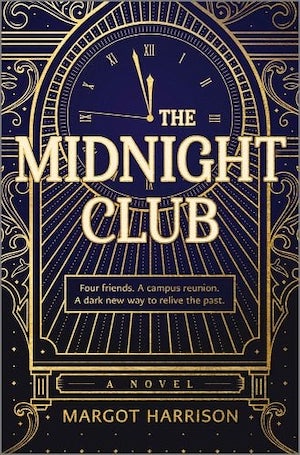

The Midnight Club











Nexus by Namez Ram
“The Futurological Congress” by Stanislaw Lem.
The House on the Strand by Daphne du Maurier.
Afterparty by Daryl Gregory
The titular Vurt, by Jeff Noon, is something between a drug and a game, taken by putting a feather into your mouth which takes you into a shared dream. It’s one of the most unique books I’ve read.
A convention panel discussing Dune on its 50th anniversary was unable to cite any earlier work that had a positive view of mind-altering drugs. Herbert took the idea rather further in The Santaroga Barrier, in which the effects of the drug “jaspers”, rather than its commercial possibilities, are what drives the story. A deliberately strange book — Herbert apparently said that he deliberately wrote it so that half the readers would see a utopia and half a dystopia.
VC, in Brunner’s The Stone That Never Came Down, is an unambiguous good — to anyone who isn’t surviving off the ignorance of others, because VC makes people remember facts, however inconvenient. This isn’t perfectly in line with your theme, because there are no hallucinatory-type effects (although we learn early on that somebody handing it out was killed by a goon working for the local drug boss), but it definitely alters the mind.
Don’t forget Soma, the happiness inducing drug of Aldous Huxley’s Brave New World. Used to keep people happy with their biologically hierarchic and regimented world. I believe it qualifies because it forces you to be happy.